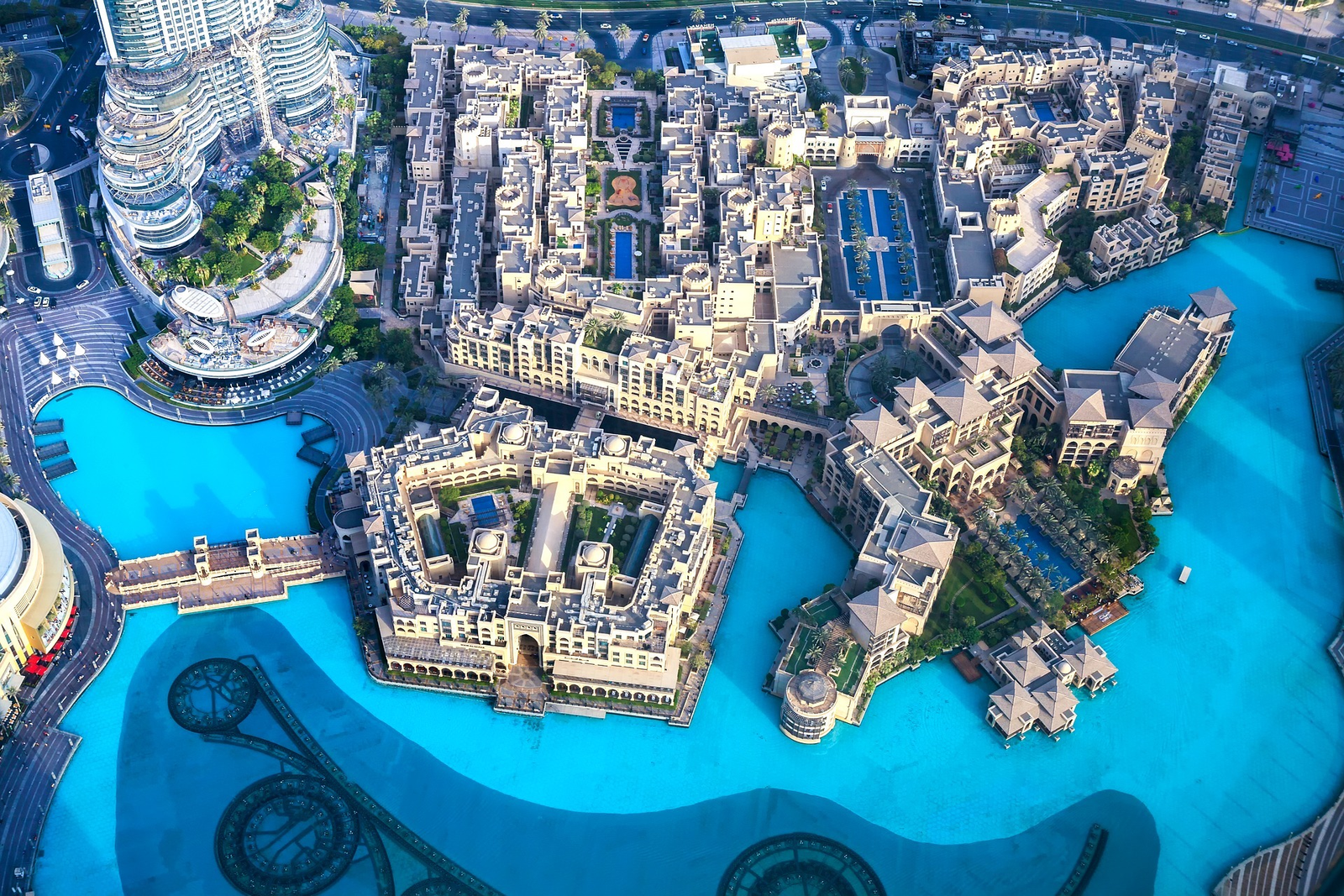Now Reading: The Surprising Ways Developers Use AI to Design Buildings Faster
-
01
The Surprising Ways Developers Use AI to Design Buildings Faster
The Surprising Ways Developers Use AI to Design Buildings Faster

Artificial Intelligence (AI) is no longer just a buzzword. It’s changing how we live, work, and even how we build. In the world of architecture and real estate development, AI is playing a huge role in shaping the future. From planning smarter cities to designing energy-efficient buildings, developers are using AI tools to make faster, safer, and more creative design decisions.
In this article, we’ll explore how developers are using AI in building design, why it matters, and what the future could look like with AI-led architecture.
1. AI Helps Create Smarter Building Plans

Before a building goes up, a lot of planning goes into the design. Developers must consider the land, local laws, sunlight direction, wind flow, and more. Traditionally, architects and engineers would manually test different layouts. Now, with AI, this process is much faster and more accurate.
Generative design tools powered by AI can create thousands of design options in minutes. These tools use data—like climate, land type, and user needs—to suggest the best design solutions. For example, Autodesk’s generative design software helps developers test different floor plans, shapes, and structures with minimal human input.
“AI doesn’t just speed up the process; it gives us better choices,” says Maria Torres, an urban designer based in San Francisco. “We can now create designs that consider sustainability, cost, and beauty at the same time.”
2. AI Makes Buildings More Sustainable

Sustainability is a big focus in modern building design. Developers want to reduce energy use, cut emissions, and build greener homes and offices. AI plays a key role in making that happen.
Using AI-based simulation software, developers can predict how a building will perform in different weather conditions. This includes how much sunlight rooms will get, how heat will move through the building, and how to place windows for better airflow. Tools like Cove.Tool and Sefaira analyze this data and offer suggestions on how to improve a building’s energy efficiency.
Some AI platforms even track the use of green materials, helping developers choose eco-friendly construction options that meet local environmental standards.
3. Speeding Up the Construction Process

AI is not only used in the design stage—it’s also helping during construction. Developers are using AI-driven project management software to schedule tasks, monitor progress, and avoid costly delays.
Robotics and AI work together on some construction sites to lay bricks, pour concrete, and check safety standards in real time. For example, Boston Dynamics’ robot dog “Spot” is used by construction companies to walk around sites and capture data, which is then analyzed by AI to detect errors or delays.
By using AI, developers can cut down on labor costs, speed up construction, and avoid costly mistakes.
4. Improving Safety and Risk Management
Construction is a high-risk industry. But AI is making it safer. With the help of AI-powered safety tools, developers can identify risks before they happen. For example, AI systems can analyze photos from construction sites and alert managers if workers aren’t wearing safety gear or if equipment is placed unsafely.
AI can also help predict future problems, like which materials may fail over time or which areas are more likely to suffer from flooding or earthquakes. This helps developers build stronger, safer buildings.
“Risk prediction is a game changer,” says Amit Sharma, a construction technology expert. “AI can warn us before something goes wrong.”
5. Personalized Design for Better User Experience
One of the most exciting things about AI in building design is personalization. Developers can now use AI to understand what building users want and need. By analyzing data from social media, smart home systems, and surveys, AI tools can suggest layouts, room sizes, and features that better match the lifestyle of the people who will live or work in the building.
This means office spaces can be designed to boost employee productivity, and homes can be tailored to suit the habits of their future residents. It’s a new level of user-centered design.
6. Smart Cities and Urban Planning
Beyond individual buildings, AI is helping design smarter cities. Urban developers use AI to study traffic patterns, pollution levels, population density, and more. With this information, they can design cities that are easier to navigate, greener, and more livable.
For example, Sidewalk Labs (a company owned by Alphabet) has used AI to design urban spaces that respond to changing needs—like streets that adjust lighting and temperature, or buildings that shift space based on how many people are using them.
These smart urban planning tools help governments and developers make better decisions for the public good.
The Future: AI as a Design Partner
As AI continues to evolve, it won’t replace architects or engineers—but it will become a powerful partner. Developers are starting to see AI as a creative collaborator that can inspire new ideas and push the boundaries of what’s possible.
Some experts even believe future buildings could be designed entirely by AI, then approved by humans. This could open doors to completely new architectural styles and smarter, more connected environments.
Conclusion: Building Smarter with AI
The construction and real estate industries are rapidly changing, and AI is at the heart of that change. From speeding up design and improving sustainability to enhancing safety and personalizing spaces, AI is helping developers build better than ever before.
While challenges remain—like data privacy, cost of new tools, and the need for skilled AI workers—the benefits are clear. Developers who embrace AI today are laying the foundation for smarter, greener, and more efficient buildings tomorrow.
As technology continues to grow, one thing is certain: the buildings of the future will not only be built for people—they’ll be built with the help of intelligent machines.
Read More:- Shobha Realty Launches Its Most Luxurious Project Yet—Full Details Inside 2025





















